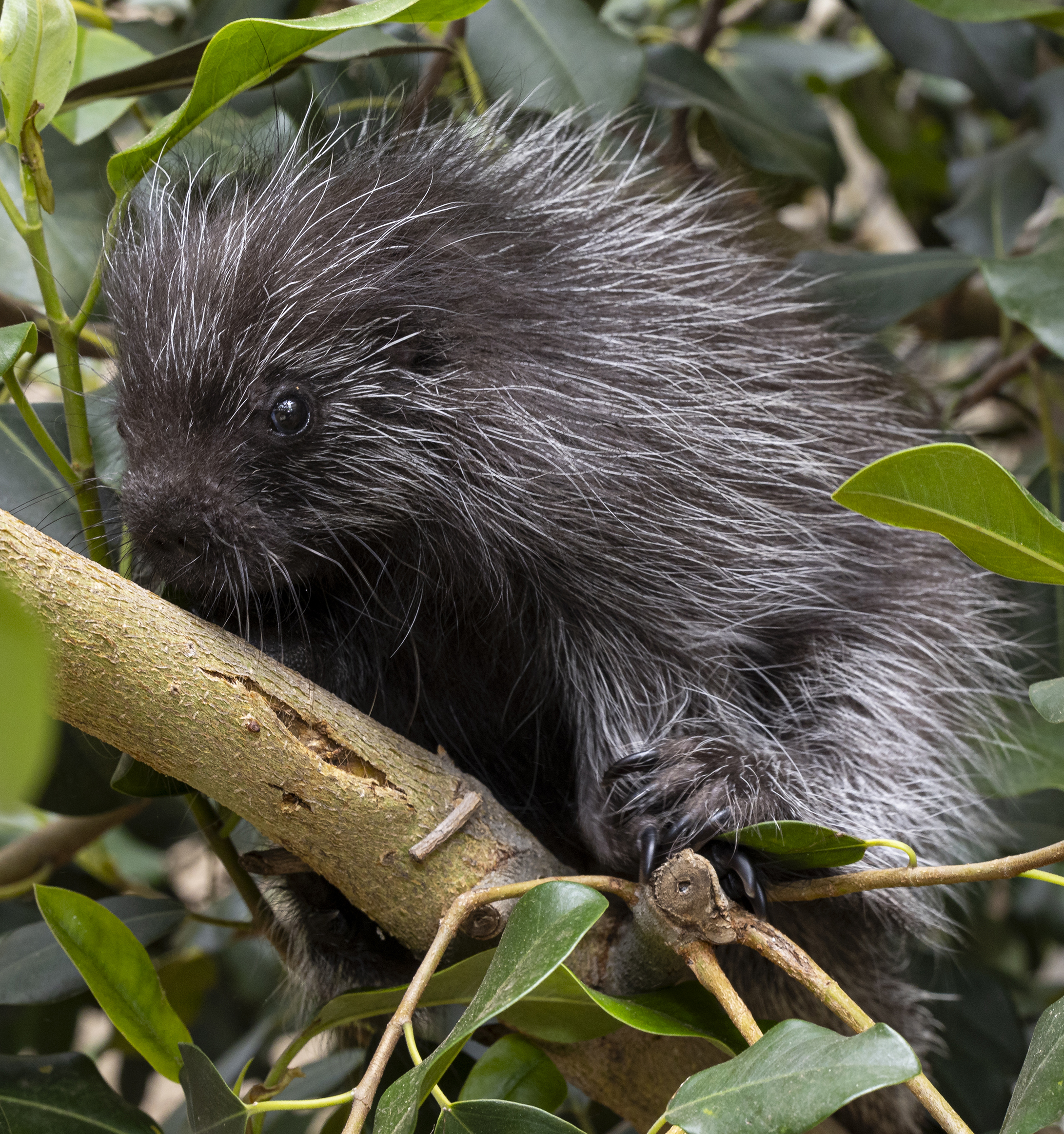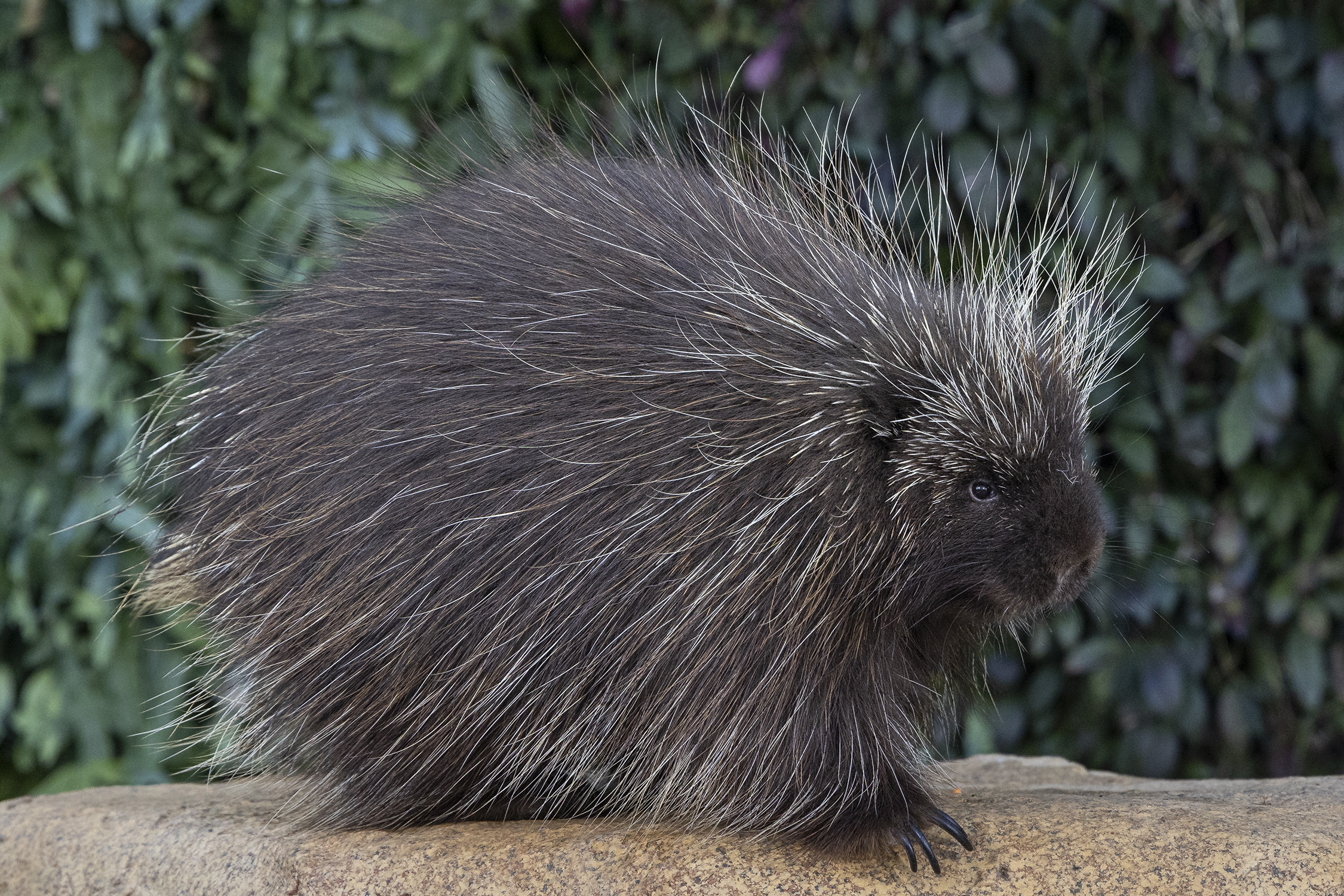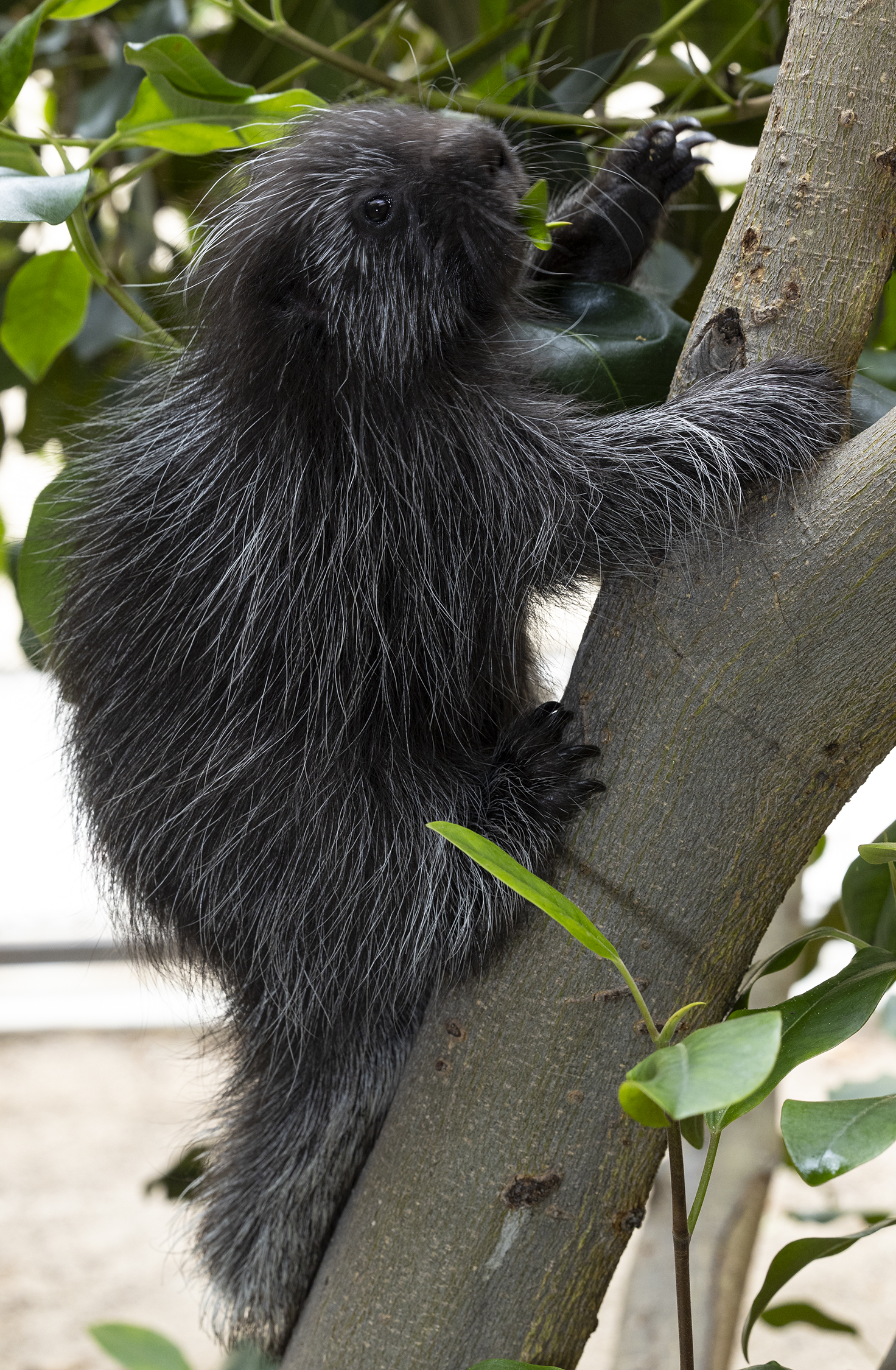There are some sentences you never expect to write. Things like: the porcupine C-section was a success, and both mother and porcupette are doing well.
And yet, that’s where we find ourselves – because that’s exactly what has happened. This April saw the birth by cesarean section of Dakota, a male baby porcupine from San Diego Zoo, thanks to a procedure that saved the lives of both him and his mother Maizey.
It’s the first ever such operation to be carried out on a North American porcupine, save for one rather unfortunate case in 2014 in which a baby porcupine was rescued from its dead mother. And the best news of all? Here’s what Dakota looks like:

Shoulda called him D’aww-kota.
Image credit: Amanda Martinez, San Diego Zoo
Dakota is Maizey’s first porcupette, and so from the very beginning the pregnancy was closely monitored by wildlife care specialists. When she went into labor, it became clear that Dakota was too big to pass through the birth canal, and a 15-person veterinary team was assembled to help the mother and baby out.
“It can take a village to raise a child, and sometimes this is true even if they have quills,” said Garrett Fraess, clinical veterinarian with San Diego Zoo Wildlife Alliance, in a statement. “Seeing both Maizey and her baby healthy and thriving is a testament to the exceptional care and teamwork at San Diego Zoo Wildlife Alliance.”
Described by the Zoo as “a spunky and playful porcupette” who “enjoys exploring his habitat and learning new porcupine skills,” Dakota had to be hand-reared by neonatal wildlife care specialists after the operation. That was not only for his own safety, but to give Maizey enough time to recover from surgery.

Maizey has recovered well.
Image credit: Amanda Martinez, San Diego Zoo
Despite some 1.3 million humans having a C-section each year in the US alone, carrying out the operation on a porcupine was a very complex process. “Maizey’s veterinary team knew they would face a bevy of challenges,” explains an article about the birth from San Diego Zoo. “From safely anesthetizing a mother and baby to carefully handling Maizey’s delicate internal organs in order to prevent inflammation, each surgical moment required planning, patience, and precision.”
Then there was the quill issue. Porcupines aren’t spiky in utero – a fact for which porcupine mothers the world over are probably very grateful. Instead, they’re covered in soft hairs which harden after birth.
The problem was, Maizey had been in labor for 72 hours by the time the C-section was performed – which meant that some of Dakota’s quills had already started hardening. Overall, it took three hours in surgery for the veterinary team to safely remove both Dakota, and the handful of quills that had begun to embed themselves inside Maizey’s body, from the poor little lady.
“This groundbreaking surgery emphasizes the integral role of expert veterinary medical care in zoological facilities and highlights the advantages of innovative approaches to save species in need of conservation,” said Michele Goodman, director of animal care with Elmwood Park Zoo and veterinary advisor for the North American porcupine Species Survival Plan (SSP).
“For the North American porcupine, this procedure represents a significant step forward to improve long-term survival rates,” she continued, “and contributes to broader conservation efforts aimed at securing its future in the wild.”

LOOK AT HIM LOOK HE’S SO CUTE.
Image credit: Amanda Martinez, San Diego Zoo
Today, both mother and baby are doing well, according to the Zoo: Maizey has recovered well from her ordeal, and Dakota spends his days growing, exploring, and playing. His signature move is what his carers have termed “the twirly bird,” in which he spins in a circle and flares his quills out – both important practice for fending off predators, and also an adorably playful dance move.
“The success of Maizey’s C-section is another example of our veterinarians’ unwavering commitment to preserving the health and longevity of wildlife,” said Greg Vicino, vice president of wildlife care with San Diego Zoo Wildlife Alliance.
“This landmark procedure highlights the critical role that our veterinary teams play in species conservation,” he said, “not just in emergencies, but as part of a legacy of leadership in wildlife care.”
Source Link: Porcupine Baby Born By C-Section Is The Most Adorable Thing We've Seen Maybe Ever